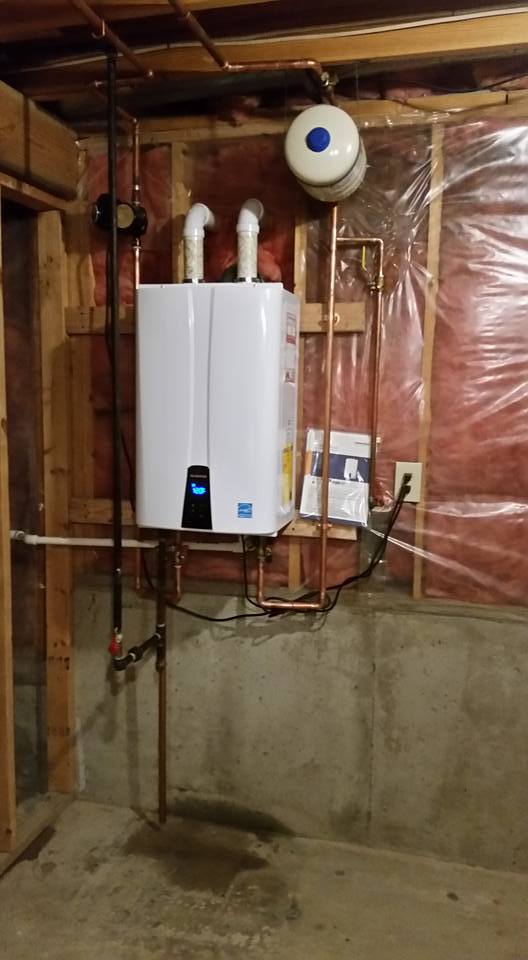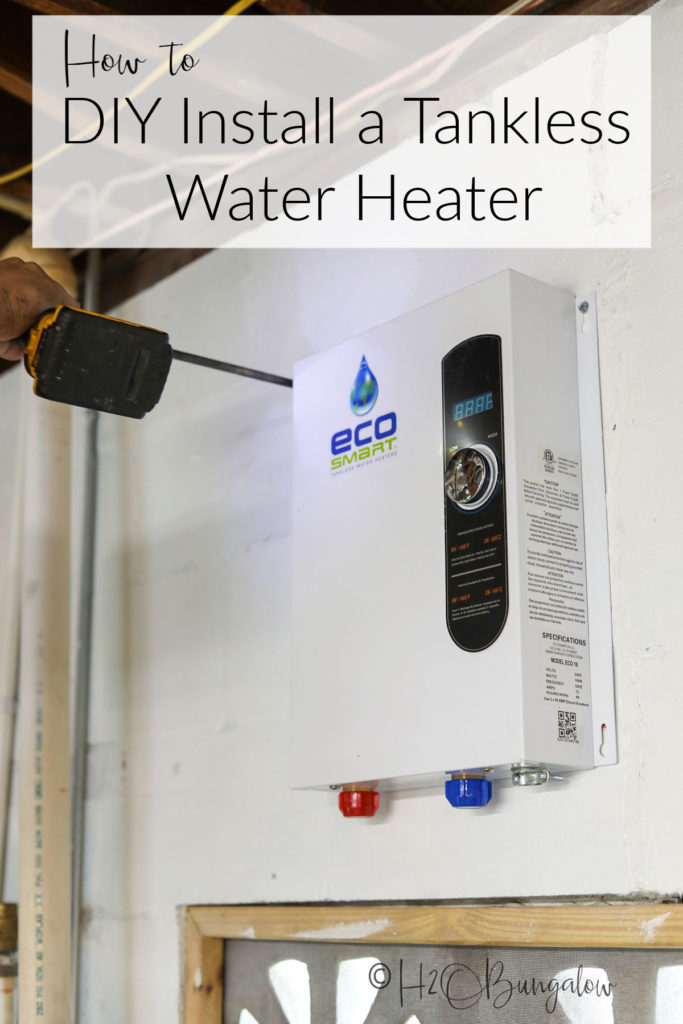Upgrade your home with expert water heater installation in Brea
Upgrade your home with expert water heater installation in Brea
Blog Article
The Ultimate Overview to Safe and Effective Water Heating System Installment
The installation of a water heating system is an essential job that needs careful attention to information and adherence to security standards. Whether updating an existing unit or setting up a brand-new one, recognizing the fundamental steps is essential for ensuring both capability and safety and security. From choosing the ideal version to navigating neighborhood structure codes, the process can be detailed (water heater). As we explore the essential components of an effective setup, it's essential to consider the possible risks that can arise otherwise approached with treatment. What are the key variables to bear in mind to prevent common blunders?
Selecting the Right Water Heating Unit
When picking a hot water heater, property owners must think about several important elements to make sure ideal efficiency and efficiency. The initial factor to consider is the kind of water heating system, which normally includes tankless, storage space tank, heat pump, and solar models. Each type has its own advantages and downsides, influencing energy intake, recovery rates, and installment needs.
Following, it is essential to analyze the dimension or ability of the water heating unit. This depends upon the home's hot water demand, which can vary based on the variety of owners and their use patterns. A device that is also little will certainly bring about poor warm water supply, while an extra-large system might waste power.
Power performance is an additional crucial aspect. Home owners need to seek systems with high power variable (EF) rankings, as these suggest better efficiency and reduced operating expense gradually. Additionally, the gas source-- power, gas, or gas-- will affect both setup expenses and continuous costs.
Planning For Setup
Proper prep work is critical for an effective hot water heater installation, and there are a number of crucial actions house owners must follow. Initially, examine the installation place to guarantee it follows regional building ordinance and safety and security policies. This includes monitoring for sufficient ventilation, clearance area, and availability for upkeep.
Following, shut off the water system and electricity or gas to the existing water heating system to protect against any type of crashes during the installment procedure. Drain the old unit totally to stay clear of any kind of spills, and disconnect it from the pipes and power resources.
Additionally, gather pertinent documentation such as service warranties, installation handbooks, and local plumbing codes to ensure compliance. If any kind of upgrades are required for plumbing or electric systems to fit the new unit., this is additionally the time to establish.
Last but not least, think about informing your neighbors if the setup could trigger disturbances, and make sure that family pets and children are kept clear of the workplace. By taking these preparatory actions, property owners can promote a smoother installment procedure, minimizing potential hold-ups and issues.
Tools and Materials Needed
An efficient toolkit is vital for a successful hot water heater setup. Having the right tools and materials accessible not only streamlines the process but also guarantees safety and conformity with local codes.
First, collect fundamental hand tools, including a monkey wrench, adjustable wrench, screwdrivers (both flat and Phillips), pliers, and an energy knife. These will certainly help in getting rid of old fittings and safeguarding new links. A drill with appropriate bits might be needed for securing the water and installing heater.
Following, ensure you have plumbing supplies such as Teflon tape, pipeline installations, and flexible hose pipes for attaching water lines. For gas water heating systems, a gas line port and a pipeline joint compound are essential. Take into consideration additionally having a level to ensure proper positioning.
Security tools should not be ignored; gloves and safety and security goggles safeguard versus prospective Check Out Your URL threats. Confirm the accessibility of required products like a new water heating system, development container (if required), and any added insulation or venting elements.
Step-by-Step Installment Process

Next, prepare the new water heating system by putting it in the assigned area, ensuring it is degree and secure. Connect the chilly water supply line to the inlet and the hot water line to the outlet, utilizing proper installations. For gas heaters, make sure the gas line is appropriately attached which all installations are safe and secure.
Once the plumbing links are established, link the power supply. For electrical heating systems, this entails circuitry the system to the electrical panel, adhering to neighborhood codes. For gas units, ensure to install an airing vent system that satisfies safety and security standards.

Safety Tips and Finest Practices
Making sure safety throughout water heating unit setup is critical to avoid accidents and ensure a smooth operation. Transform off the power supply or gas line to the existing system prior to beginning any type of work. This will certainly reduce the risk of electrical shock or gas leaks. In addition, it is crucial to wear proper individual safety equipment (PPE), such as gloves and safety and security goggles, to guard versus possible threats.
Before installment, examine the area for any type of indications of water damages, mold, or architectural issues that may posture threats throughout or after the setup procedure. Ensure that the installation abides by neighborhood structure codes and manufacturer standards to stay clear of future obligations. water heater. It is recommended to have a fire extinguisher close by, specifically when dealing with gas devices
During the setup, maintain proper ventilation to protect against gas accumulation. By sticking to these security ideas and best techniques, you can guarantee an effective water heating system installment.
Verdict
To conclude, successful installment of a water heating system requires careful preparation Related Site and adherence to safety and security protocols. Compliance with neighborhood codes, proper prep work of the installment site, and the usage of ideal devices and products are important read for ensuring an efficient procedure. Carrying out security pointers and ideal methods safeguards both the residential or commercial property and the installer. For those lacking experience, employing the services of a qualified specialist is recommended to ensure optimal security and capability of the water heater.
Ensure the water supply is turned off and the existing water heating system is disconnected. Attach the cool water supply line to the inlet and the warm water line to the outlet, making use of appropriate installations.Ensuring security throughout water heating unit installation is paramount to prevent mishaps and ensure a smooth operation.Prior to installment, examine the location for any type of signs of water damage, mold and mildew, or architectural problems that may position dangers throughout or after the installment procedure. By sticking to these safety and security pointers and ideal practices, you can make sure an effective water heating system installment.
Report this page